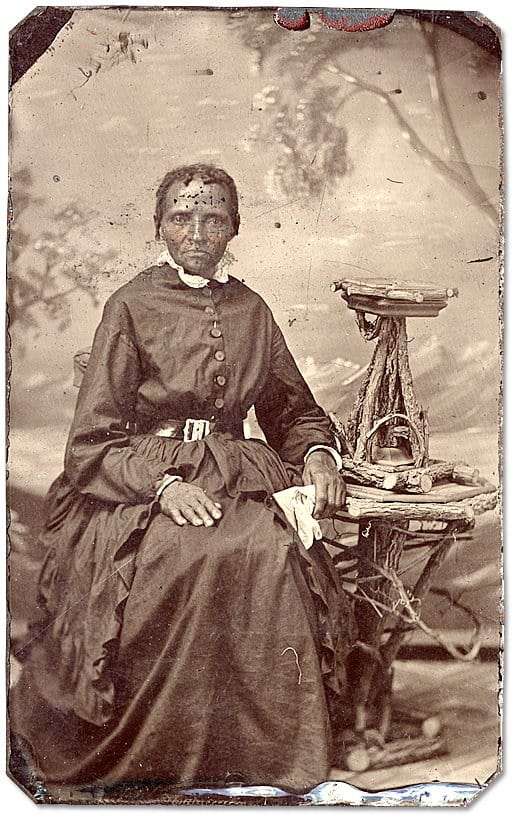Resistance to slavery in Canada primarily manifested through the courageous acts of escape, especially around 1777. The gradual abolition of slavery began with a 1793 law influenced by the harrowing story of Chloe Cooley. Significant legal changes continued, notably Chief Justice James Monk’s ruling in favor of fugitive slaves. By 1834, slavery officially ended in the British Empire. The Underground Railroad emerged as a vital network aiding thousands of enslaved individuals fleeing to Canada for freedom.
The Flight to Freedom: Resistance in Canada
In the historical landscape of Canada, the primary form of resistance from enslaved individuals was not marked by violence, but rather by the courageous act of fleeing. The act of escaping or aiding others in their quest for freedom became increasingly pronounced around 1777. This was a pivotal moment when numerous slaves escaped from British North America to seek refuge in Vermont, a state that had abolished slavery within its borders.
Legislation and the Gradual Abolition of Slavery
As the 18th century drew to a close, England witnessed a surge in anti-slavery campaigns. Influential figures like Ignatius Sancho, a former slave, began to raise their voices, swaying public opinion against the cruel practice of slavery. By the late 1700s, the perspective of the free population in British North America was slowly shifting in light of this inhumane reality.
In Canada, significant strides toward abolition were made with the introduction of a law in 1793 that initiated the gradual dissolution of slavery. This legislative change was influenced by a harrowing incident reported by Peter Martin, a black loyalist, at a meeting of the Executive Council of Upper Canada. He recounted the brutal seizure of Chloe Cooley, an enslaved woman, by her master, Adam Vrooman, who forcibly transported her across the Niagara River to sell her. Despite her desperate attempts to resist, Chloe was sold into slavery, a story that deeply moved John Graves Simcoe, the Lieutenant Governor of Upper Canada.
Motivated by this injustice, Simcoe championed a law that prohibited the arrival of slaves in Upper Canada. This legislation stipulated that children born to enslaved parents would gain freedom at the age of 25. While it did not entirely abolish slavery, it marked a significant shift by declaring that slaves migrating to Upper Canada would be considered free.
In Lower Canada (now Quebec), attempts to pass similar legislation faced strong opposition from the slave lobby. Previous efforts to abolish slavery had also faltered, largely due to the fact that many lawyers at that time were themselves slave owners. Nonetheless, by the early 1800s, the courts in Lower Canada began to rule in favor of the enslaved, granting them freedom.
On March 25, 1807, a monumental change occurred with the abolition of the slave trade throughout the British Empire, rendering the buying and selling of human beings illegal. However, the practice of holding slaves remained lawful until the total abolition of slavery in 1834. Notably, Prince Edward Island had already taken the initiative to abolish slavery in 1825.
Charlotte Trim’s Stand and the Path to Freedom
In February 1798, Charlotte Trim, an enslaved woman, made a bold escape from her mistress’s household. Although she was apprehended, Charlotte refused to return and was consequently imprisoned. Chief Justice James Monk, presiding over the King’s Bench court in Montreal, recognized the ambiguity in the existing laws governing slavery and made a groundbreaking decision to free her. His ruling extended to any fugitive slave who appeared before him, fundamentally altering the power dynamics between slave owners and the enslaved. This pivotal decision contributed to the eventual decline of slavery among both black individuals and indigenous slaves (Panis).
Unsurprisingly, Monk’s ruling unsettled slave owners, prompting Joseph Papineau, father of Louis-Joseph Papineau, to lead a legislative effort to create a legal framework that would support slavery. However, their proposed legislation was ultimately rejected and failed to advance.
The Decline of Slavery in Quebec
In Quebec, there is no definitive date marking the abolition of slavery; rather, it is characterized by its gradual decline. The events surrounding Charlotte Trim’s escape played a significant role in diminishing the practice of slavery, which was further influenced by the region’s economic model that did not rely on the exploitation of enslaved individuals as seen in the American South. Enslaved people in Canada were often confined to domestic roles.
While the official abolition of slavery occurred on August 1, 1834, across the British Empire, the practice had already begun to wane in Quebec.
The Underground Railroad: A Pathway to Freedom
Before 1850, enslaved individuals escaping from southern U.S. plantations sought refuge in northern states. However, following the enactment of the Fugitive Slave Act of 1850, the risk of capture increased even in the North. This led many to flee to British North America, where slavery was prohibited, taking advantage of the extensive border and numerous escape routes.
The network of support established by both black and white individuals to assist these fleeing enslaved people became known as the Underground Railroad. Although the term suggests a railway system, it was purely metaphorical. Throughout the 19th century, this courageous network helped between 30,000 and 40,000 individuals find sanctuary in British North America.
